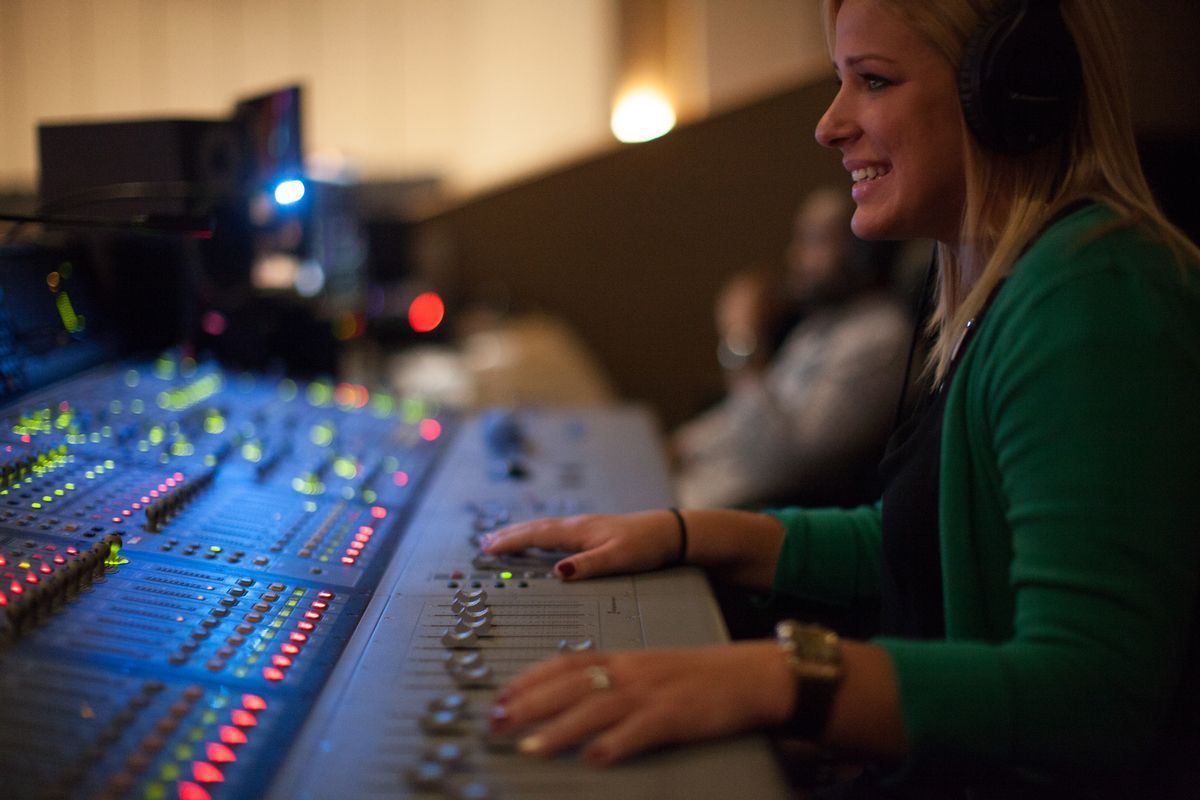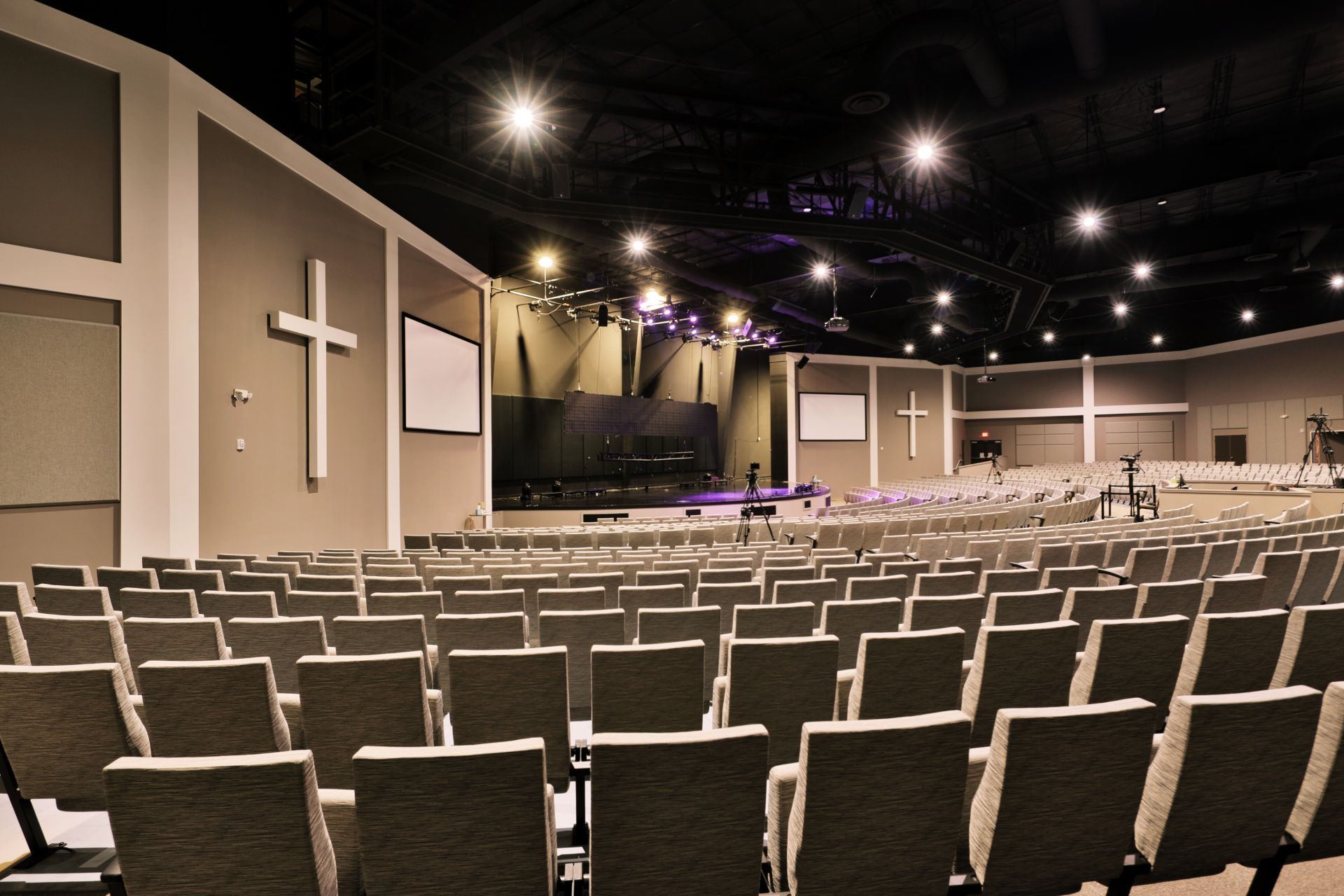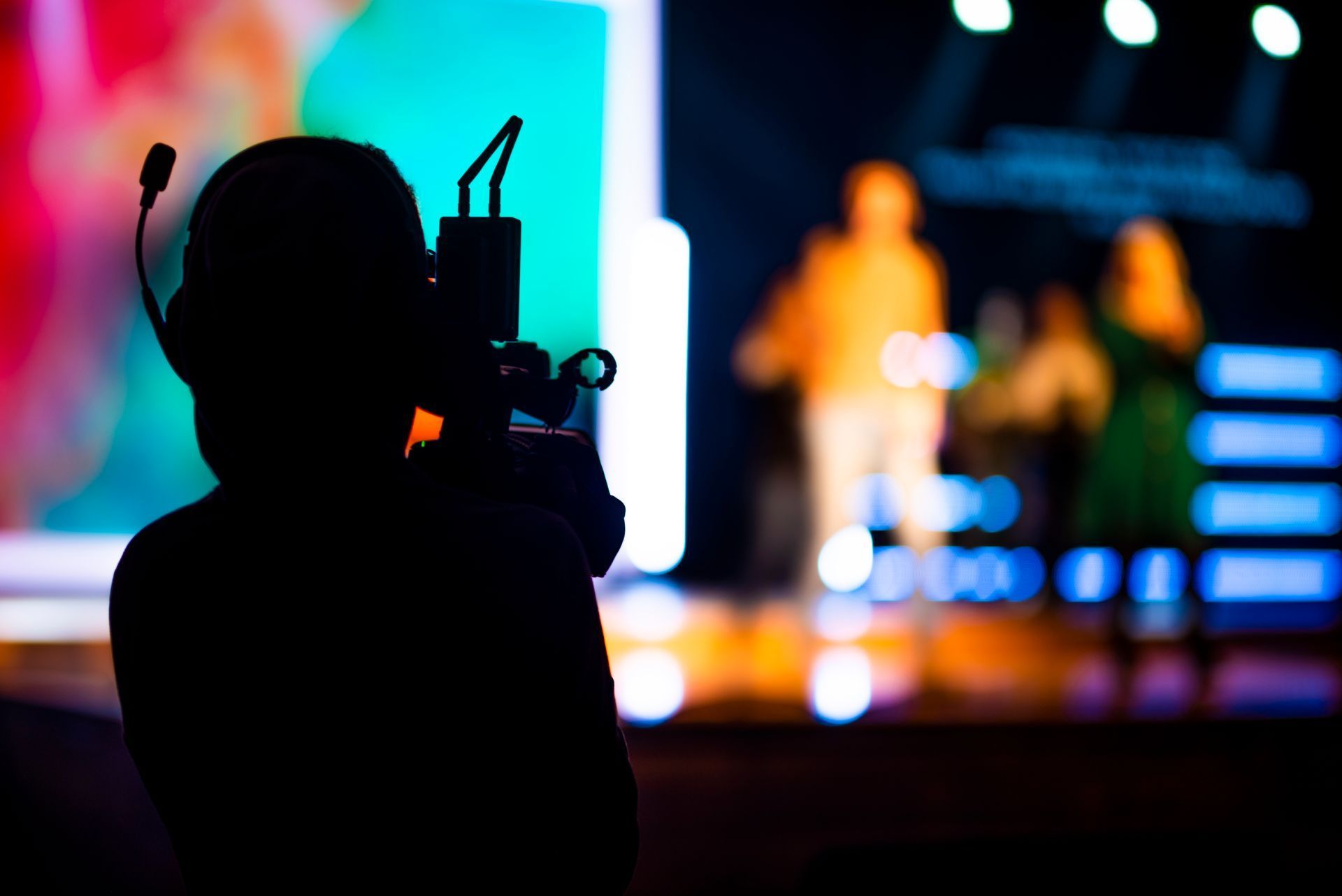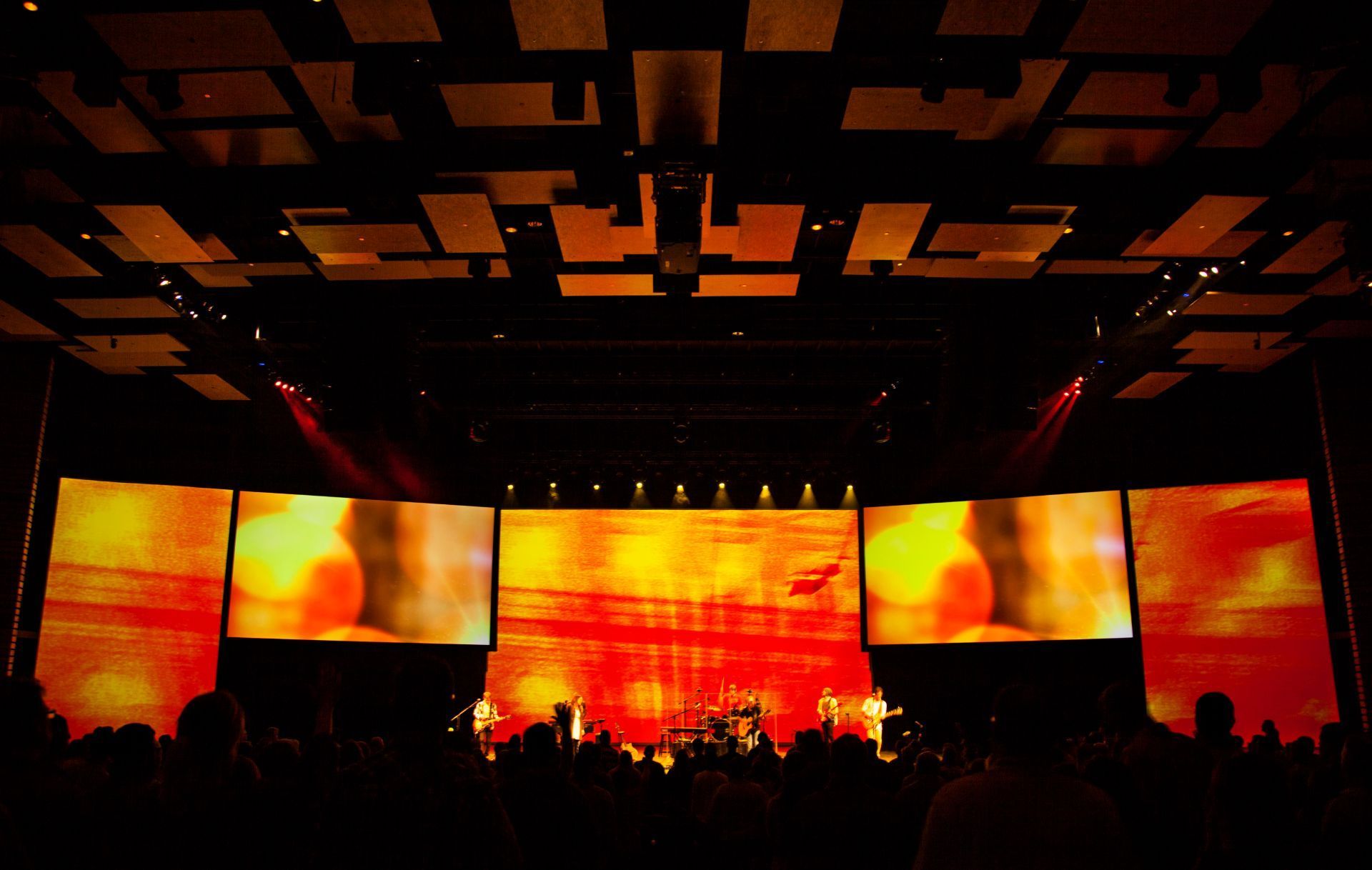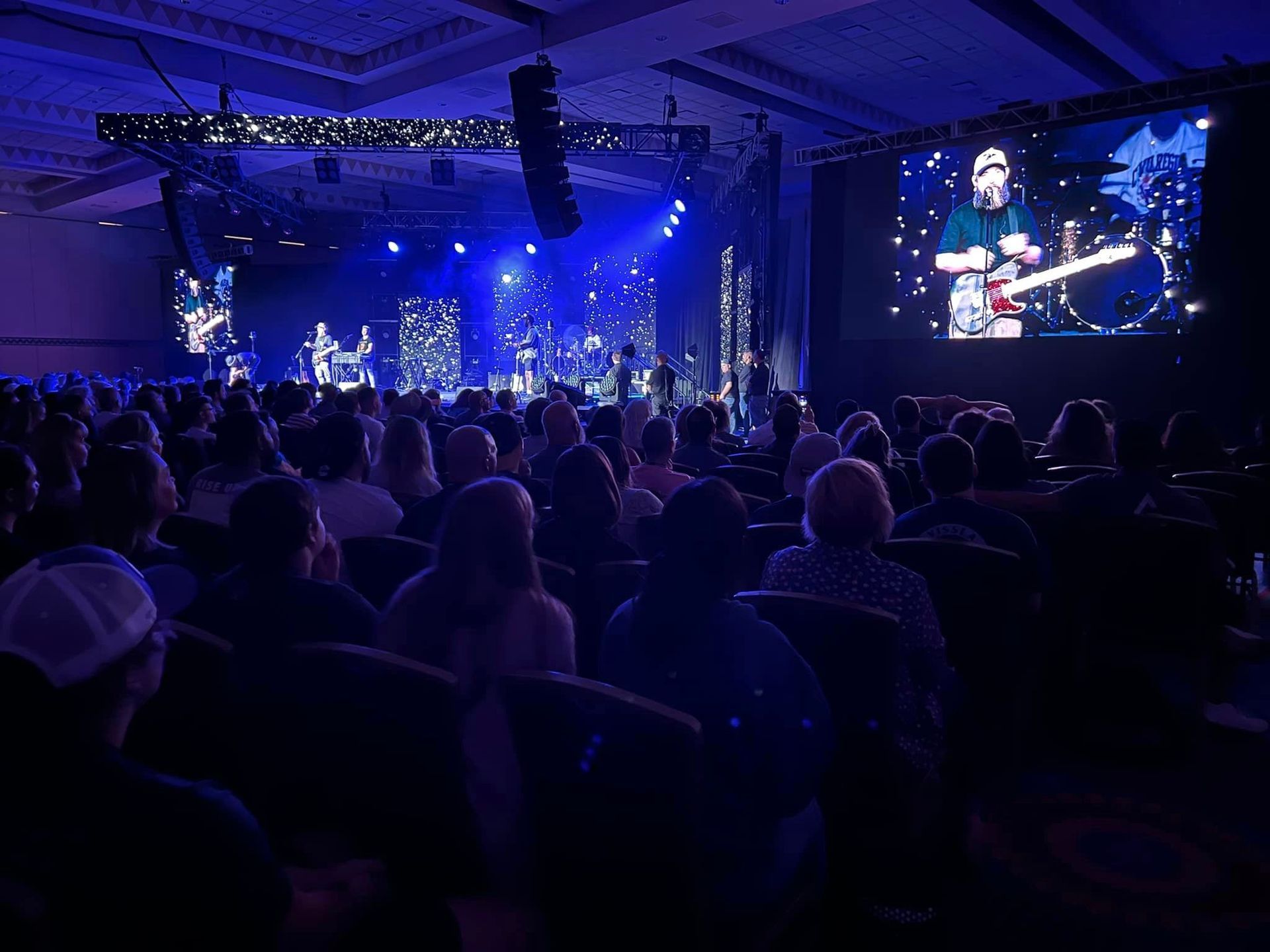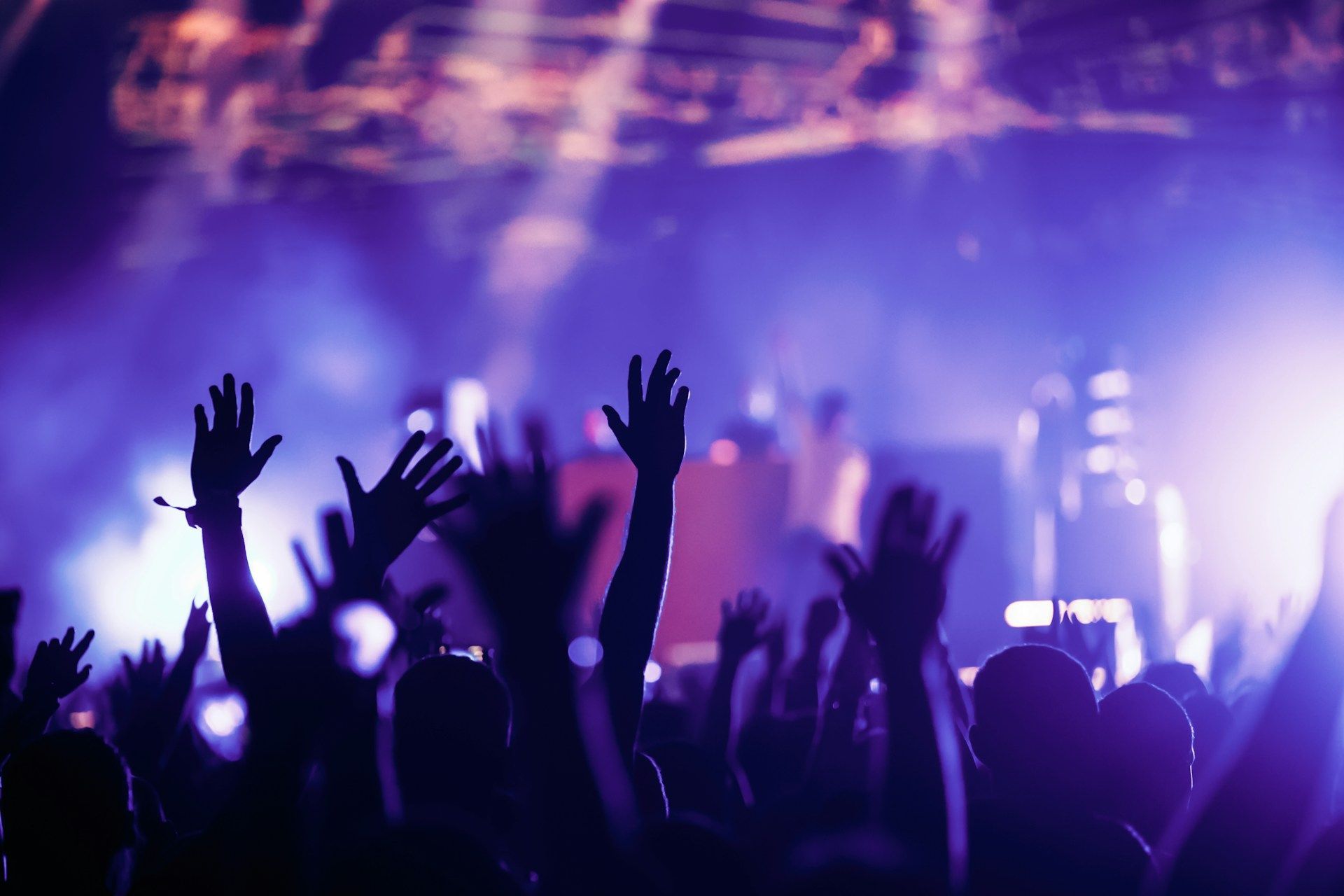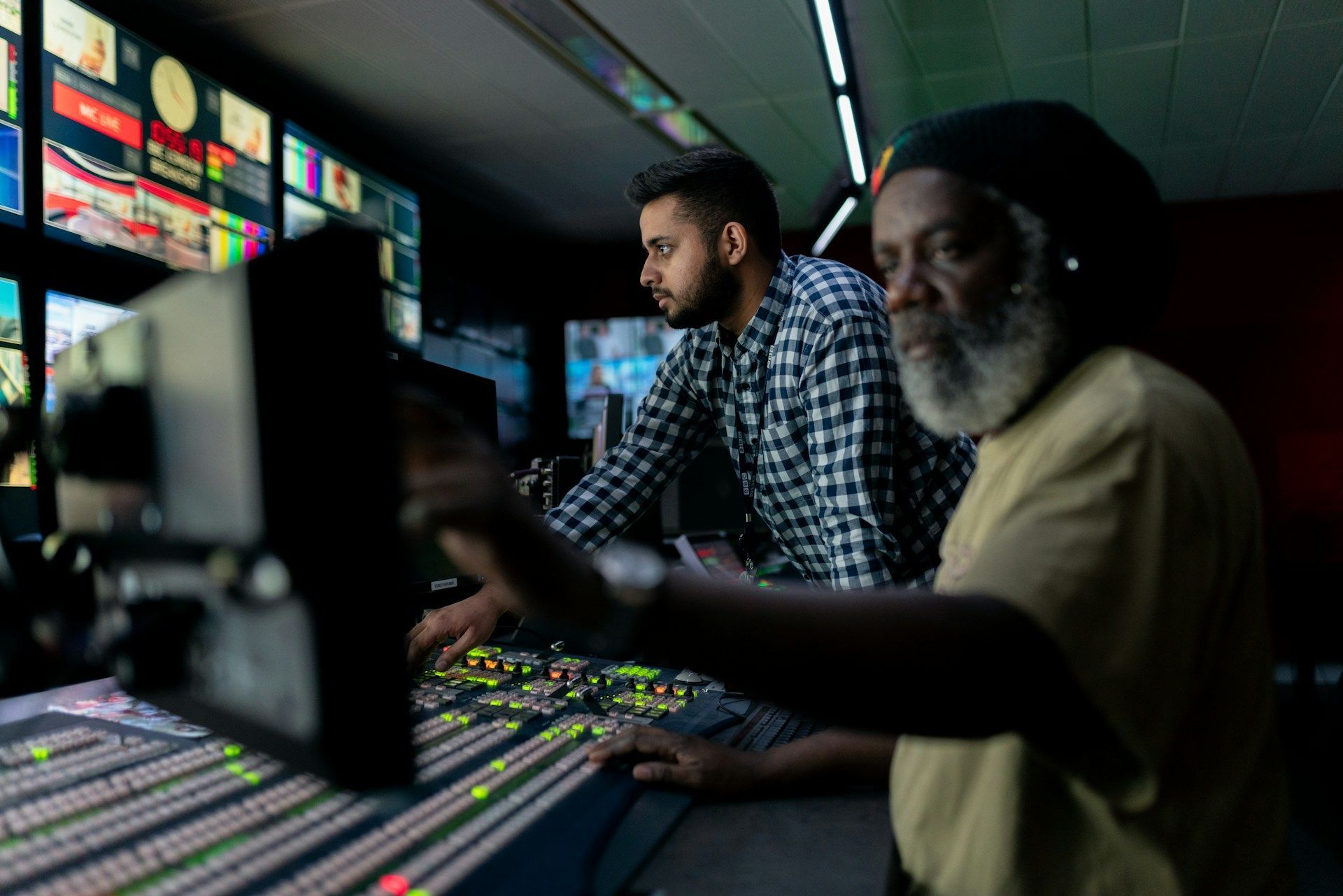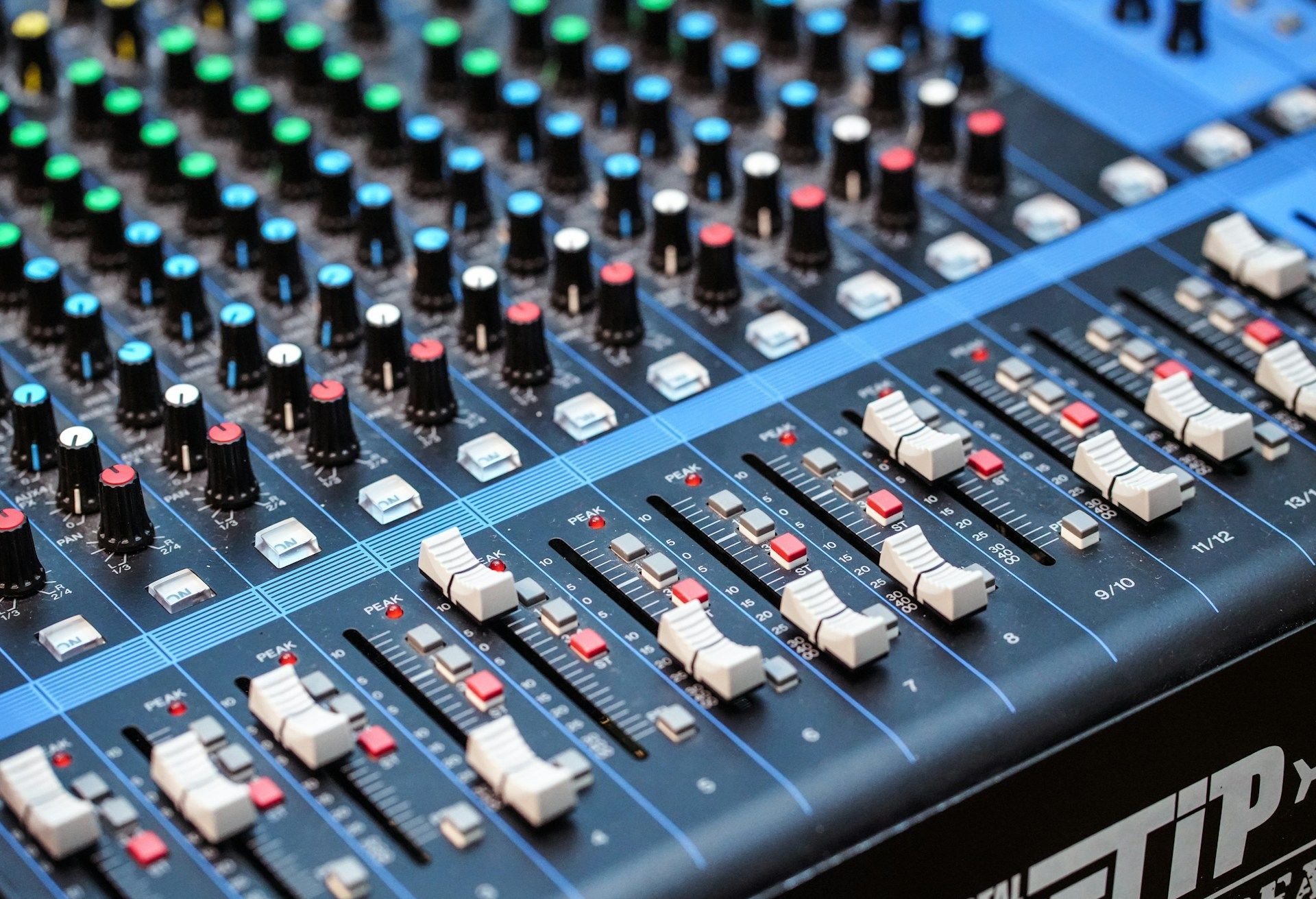The Art of Stage Illumination: Crafting Engaging Atmospheres With Advanced Lighting Techniques
In the world of event production, lighting can play a pivotal role in setting the tone, creating ambiance, and shaping the overall energy of your gathering. By skillfully employing advanced lighting techniques, you can craft engaging and impactful experiences that not only heighten the senses but also support your event's theme and messaging in a powerful way. As world leaders in audio, video, acoustic, and lighting technology applications, our expertise lies in elevating events with stunning visual displays, ensuring they perform with unrivaled excellence and captivate audiences at every turn.
In this article, we will delve into the exciting realm of stage lighting, exploring innovative techniques and strategies that can help you elevate your event, enhance audience engagement, and create an unforgettable atmosphere. We will discuss the importance of color theory, embracing the use of intelligent lighting fixtures, integrating atmospheric effects, and striking a balance between aesthetics and functionality in your lighting design. Additionally, we will offer insights into the workflow of a professional lighting designer, illuminating how their expertise can facilitate harmonious interaction between light, sound, visuals, and other event components.
Mastering the Language of Color Theory
Color plays a central role in shaping emotions and driving the energy within a space. To leverage the full potential of color in stage lighting, consider the following aspects of color theory:
1. Color Temperature: Different colors evoke different emotional responses, with warm colors (red, orange, yellow) often perceived as energizing and inviting and cool colors (blue, green, purple) associated with calmness and serenity. Consider the desired mood for your event and select your color palette accordingly.
2. Color Contrast: High-contrast color combinations can create dynamic and visually engaging effects, while lower-contrast selections can be more subtle and sophisticated. Experiment with various combinations to strike the right balance and achieve your desired ambiance.
3. Color Harmonies: Complementary colors, triadic arrangements, and analogous hues are examples of color harmonies that can enhance the visual appeal of your stage lighting. By understanding and implementing color harmonies, you can create nuanced and balanced stage designs.
Innovating With Intelligent Lighting Fixtures
Intelligent lighting fixtures offer powerful capabilities and extensive creative control, making them an essential component of modern stage lighting. Key benefits of these advanced fixtures include:
1. Dynamic Movement: With their built-in motors and sophisticated programming options, intelligent fixtures can produce engaging light patterns and effortlessly follow performers across the stage, captivating audiences throughout your event.
2. Diverse Effects: Equipped with multiple gobo options, zooming and focusing capabilities, and color mixing features, intelligent fixtures can create an array of stunning visual effects, providing endless possibilities for artistic expression.
3. Ease of Control: Using dedicated lighting consoles and programming software, you can synchronize and control multiple intelligent fixtures with ease, allowing you to blend your lighting elements with other event components seamlessly.
Incorporating Atmospheric Effects for Enhanced Immersion
Atmospheric effects, such as haze, fog, or strobe lights, can elevate your stage lighting production by adding depth and dimension, creating a more immersive experience for your audience. Here are some crucial considerations for incorporating atmospheric effects:
1. Strategic Timing: Employ atmospheric effects sparingly and with purpose, using them to heighten emotion, accentuate climactic moments, or underscore key events on stage. Overuse or haphazard timing can detract from their impact and distract from your event's main focus.
2. Safety and Comfort: Ensure that any atmospheric effects you use comply with safety regulations and do not compromise the comfort of your audience or performers. For instance, avoid using strobes if they pose a risk for photosensitive attendees.
3. Integration With Lighting Design: Carefully coordinate your atmospheric effects with your overall lighting design, ensuring that they complement and enhance one another to create a unified, visually compelling experience.
Balancing Aesthetics and Functionality in Lighting Design
Achieving a perfect balance between creating visually stunning displays and ensuring your lighting design remains functional and effective can be challenging but necessary. Consider the following tips to strike this ideal balance:
1. Visibility and Clarity: Ensure that critical elements of your event, such as speakers or performers, are clearly visible and properly illuminated, preventing any distractions or visual strain for your audience.
2. Consistency and Flow: Establish a coherent visual language through the careful selection of color schemes, patterns, and effects. Ensure that your lighting design remains consistent and fluid throughout the event, allowing for smooth transitions and guiding your audience's attention where needed.
3. Collaboration and Communication: Work closely with other production team members, such as sound engineers, set designers, and event planners, to ensure that your lighting design cohesively integrates with all other aspects of your event.
Conclusion
By harnessing the power of advanced stage lighting techniques, you can expertly craft engaging and immersive atmospheres that captivate and enchant your audience, making your event an unforgettable experience for all who attend. Our team at AE Global is dedicated to helping you elevate your event through exceptional
lighting design and cutting-edge technology, ensuring that your gatherings shine with unrivaled excellence and impact. Together, let's create visually stunning and emotionally resonant events that leave lasting impressions, shaping unforgettable memories for years to come.
